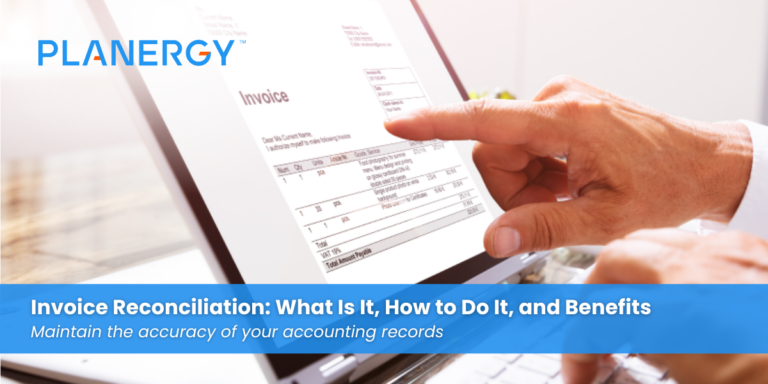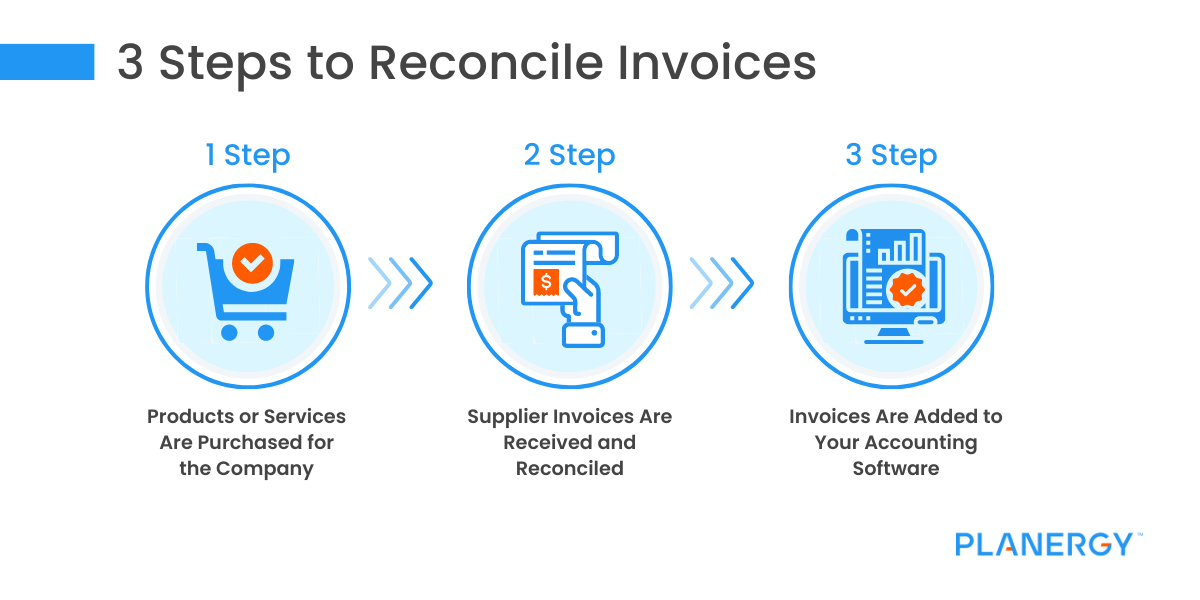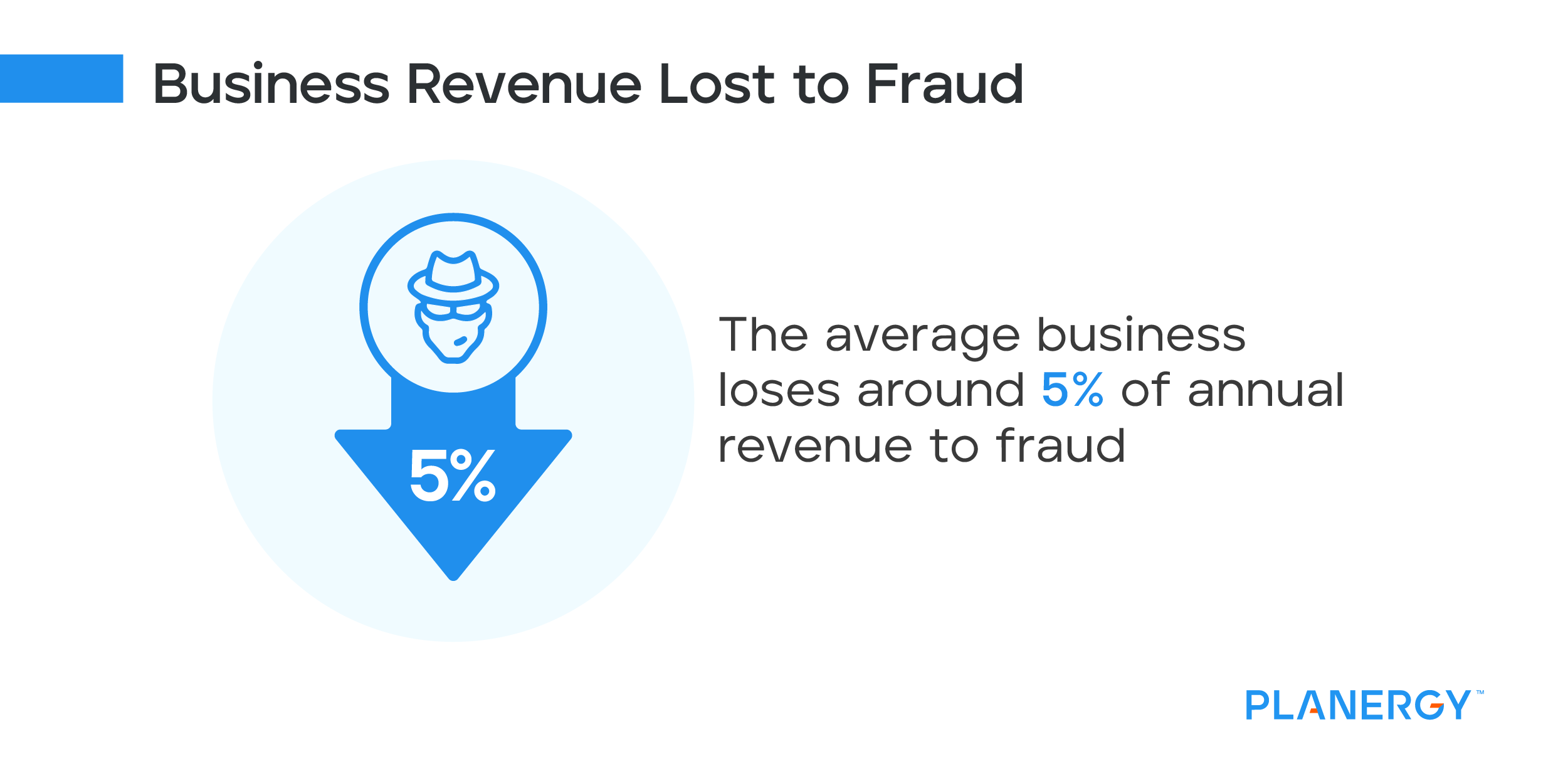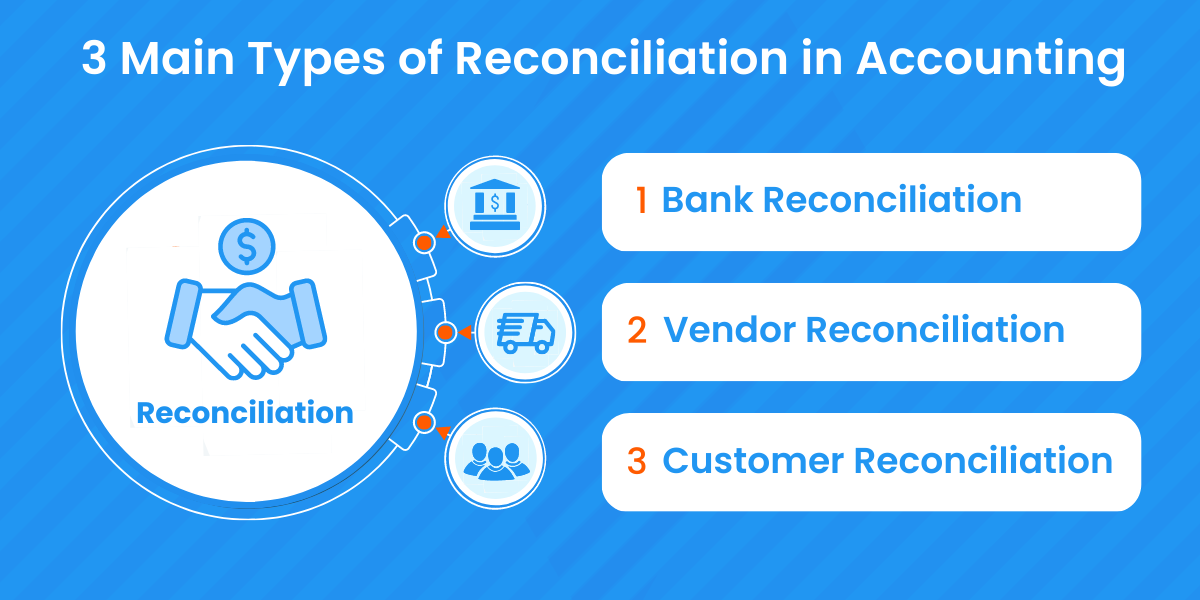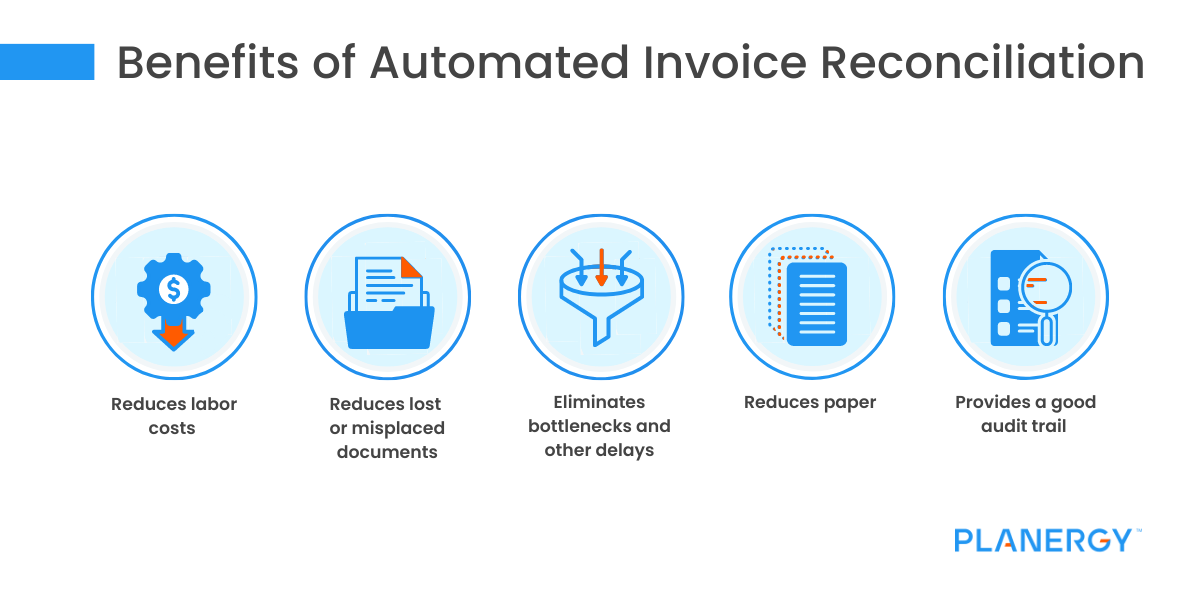One of the best things you can do for your business is to complete reconciliations regularly. Doing so helps maintain the accuracy of your accounting records and ensures accurate financial statements in real time.
For those specifically concerned about AP accuracy, invoice reconciliation is particularly important.
The Invoice reconciliation procedure helps weed out invoicing errors and makes sure vendor and supplier payments are accurate.
Invoice reconciliation also helps to identify potential fraud, overpayments, and duplicate payments.

